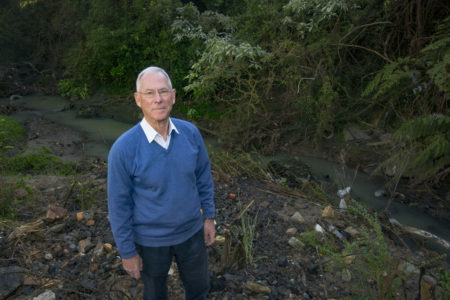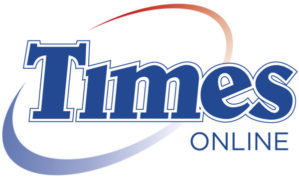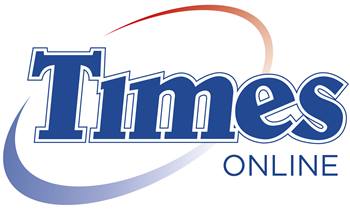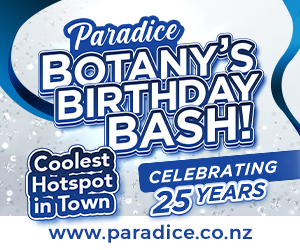
BY MARIANNE KELLY
Three years after an action plan was formulated to clean up the seriously-polluted Otara Lake, the Howick Local Board (HLB) is considering its financial assistance for projects to clean up the extensive network of Howick Ward catchment streams which flow into the lake
In July 2014, then Minister for the Environment, Amy Adams, attended the launch of a major project to restore
The Times reported her saying real change did not come from Wellington but from collaboration by communities buying in and taking responsibility.
The battle to clean up the lake was described by then chairman of the Otara-Papatoetoe Local Board, Efeso Collins, as being bigger than the epic historical drama Ben Hur<ITALICS>. A group of more than 20 organisations and individuals, including Otara/Papatoetoe and HLB representatives agreed on an action plan and established a steering plan group.
The Otara Lake and Waterways Trust was formed in March last year and Richard Myhre, who chairs it, says businesses and residents in the area should be aware that they have a potential recreational lake in their midst, almost the size of the Panmure Basin.
The lake was formed in 1968 when the Electricity Commission built a weir across the mouth of the Otara Creek system – feeding into the Tamaki River – for cooling ponds for a new power station. But the weir effectively closed off the creeks from the natural flushing provided for centuries by the Tamaki.
The lake’s urban catchment extends well beyond the Otara/Papatoetoe Local Board boundary and deep into the Howick Ward. An extensive network of waterways running from the Redoubt Road ridge through new residential development in East Tamaki Heights and Flat Bush and the East Tamaki industrial area deposits lead, zinc, urban litter and sediment not into the Pakuranga but the Otara Creek at Highbrook Bridge.
While industrial pollution is not the issue it used to be because of compliance requirements, Mr Myhre says the major cause is ongoing residential development in the eastern Howick Ward areas of Flat Bush/Ormiston.
Inevitably, he says, polluted water from the Otara Lake and other streams flows into the Tamaki River, as far down as Bucklands Beach.
Auckland Council’s ‘freshwater report card’ for the HLB rates the quality of Howick’s fresh waterways as a dismal F, while it gets an E for flow patterns, nutrient recycling, habitat quality and biodiversity – one of the worst in the Super City.
So far the Otara/Papatoetoe Local Board has provided a seed grant of $100,000 to the trust which is funding a part-time co-ordinator/administrator to apply for outside funding and co-ordinate a variety of riparian planting and clean–up programmes in that ward.
Mr Myhre is frustrated that the HLB’s elected member attitude has been that “it’s nothing to do with us”. So far no funds have been forthcoming.
Last February the trust presented its initiatives to the HLB. Listening closely was Mike Turinsky, at that stage the unsworn newly-elected member of the board.
He says that the presentation “stuck with me” and he requested to be the HLB’s lead representative on the trust. He attended his first trust panel meeting on March 22 where, he says, he committed to attend the meetings to learn, listen and then consult with the HLB members about potential ways forward.
At a March 30 local board workshop it was decided to consider increasing the works programme budget by $36,000 to fund three proposed options, including support for the Otara Lake and Waterways project. A decision will be made at next month’s (June) board meeting.
Mr Turinsky reported back to the trust panel in early April and says: “I will continue to be present, to listen, to learn, and then communicate those learnings to the rest of the HLB.”
Meantime the trust is encouraging businesses and organisations in the Howick Ward, which includes the East Tamaki industrial area, to adopt parts of nearby streams and clean up the growth of exotic (many noxious) weeds and extensive illegal dumping along the steep banks of the creeks feeding into the Otara Lake.
While Auckland Council is responsible for the riparian areas of the Super City’s streams’ uncontrolled growth, Mr Myhre says “the areas are obscured and no-one has second thoughts about them. There is nothing to deter people dumping rubbish”.
Cleaning up the Otara Lake, he says, is a long-term and expensive project. So the organisations associated with the trust are concentrating on the short and medium term of what they can do now and in the near future to clean up the catchment streams.
“Unfortunately it’s going to take an entire generation to correct what has happened over the last several generations, so we don’t have a minute to lose. The good news is that it can be fixed.”
Trustees of the Otara Lake & Waterways Trust are Aaron Hynds, director Hynds Pipes; Stephen Grey, chartered accountant; Hazel Jennings; Jim Sinclair; Bill Takerei, chair Otara Network Action Committee; Richard Myhre, Highbrook Rotary Club and trust chair.
- Anyone keen to lend a hand should contact Mr Myhre, phone 021-675-875, email randcmyhre@xtra.co.nz.







